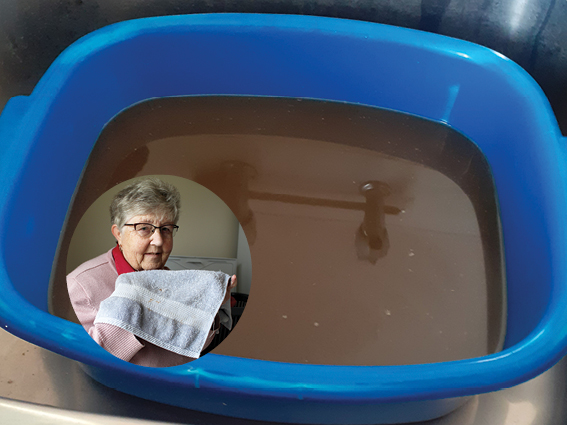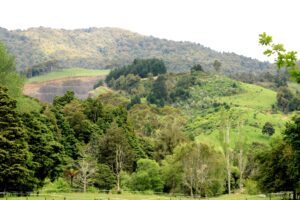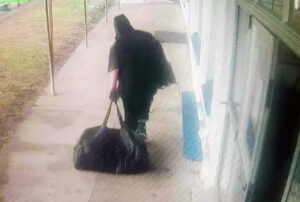The district council has acknowledged the continuing issue of discoloured water in the Hauraki Plains, which has caused frustration to the community.
Hauraki District Council’s general manager service delivery Adrian de Laborde said council was spending “considerable time” working through the issues and “coming up with a programme of work that will cover all of the underlying problems”.
“It is a fairly complicated problem to resolve. It is an all of system issue, not just a treatment issue but also a reticulation and pipe maintenance issue,” he said.
The underlying problem is that the water source that council draws its raw water from, the Waihou River, has variable and high levels of manganese, Mr de Laborde said. The treatment process can remove around 90-95 per cent of the manganese in the water, but the remaining manganese enters the treated water system.
The manganese that makes it into the treated water is mostly lower than the 0.04 ppm (parts per million) required for aesthetic value such as colour, as per the Drinking Water Standards. The health level is 0.4ppm.
Previously the water was treated with chlorine, but in more recent times, council has moved to using potassium permanganate (potperm) which is a more effective treatment process but can turn the water pink if the dosage is wrong, Mr de Laborde said.
Council have purchased an online monitoring and dosing system, a first in New Zealand for treatment of fluctuating levels of manganese. Difficulty in getting components required for the system has meant it has taken a year to be delivered and installed and is only now being commissioned, Mr de Laborde said.
“Through investigation and research, we have found that regardless of how low the percentage of manganese entering the treated water, it still finds its way into the reticulation network, comes out of solution and sticks to the sides of the pipes.
“The manganese on the pipe walls builds up to the extent that any minor change in the network, such as small changes to the PH, flow, pressure or direction can cause the manganese to dislodge from the pipe wall and colour the water,” he said.
One of the most effective methods of removing the build-up on the pipe walls is ‘pigging’. This method involves forcing a foam bung through a water line. Although effective, this method can produce large volumes of black water that has to be disposed of in an environmentally sound manner.
Mr de Laborde said council has been trialling various ways to pig the lines over the last couple of months and have more appropriate ways of disposing of the manganese removed from the pipes. Council is finalising the programme of work to start routine pigging of the lines on the Hauraki Plains in a rotation maintenance schedule, he said.
To start this work we will need to install an access point on each pipe, again supply chain issues are holding up this process.
“Unfortunately this will take time to start to get the brown water out of the system but we will target the worst areas and then move around,” de Laborde said.
DETAILS: Continue to let council know about any issues you have with your water. Although its physical offices will be closed until January 3, council is still contactable 24/7 on 0800 734 834 (from within the district) or 07 862 8609.




